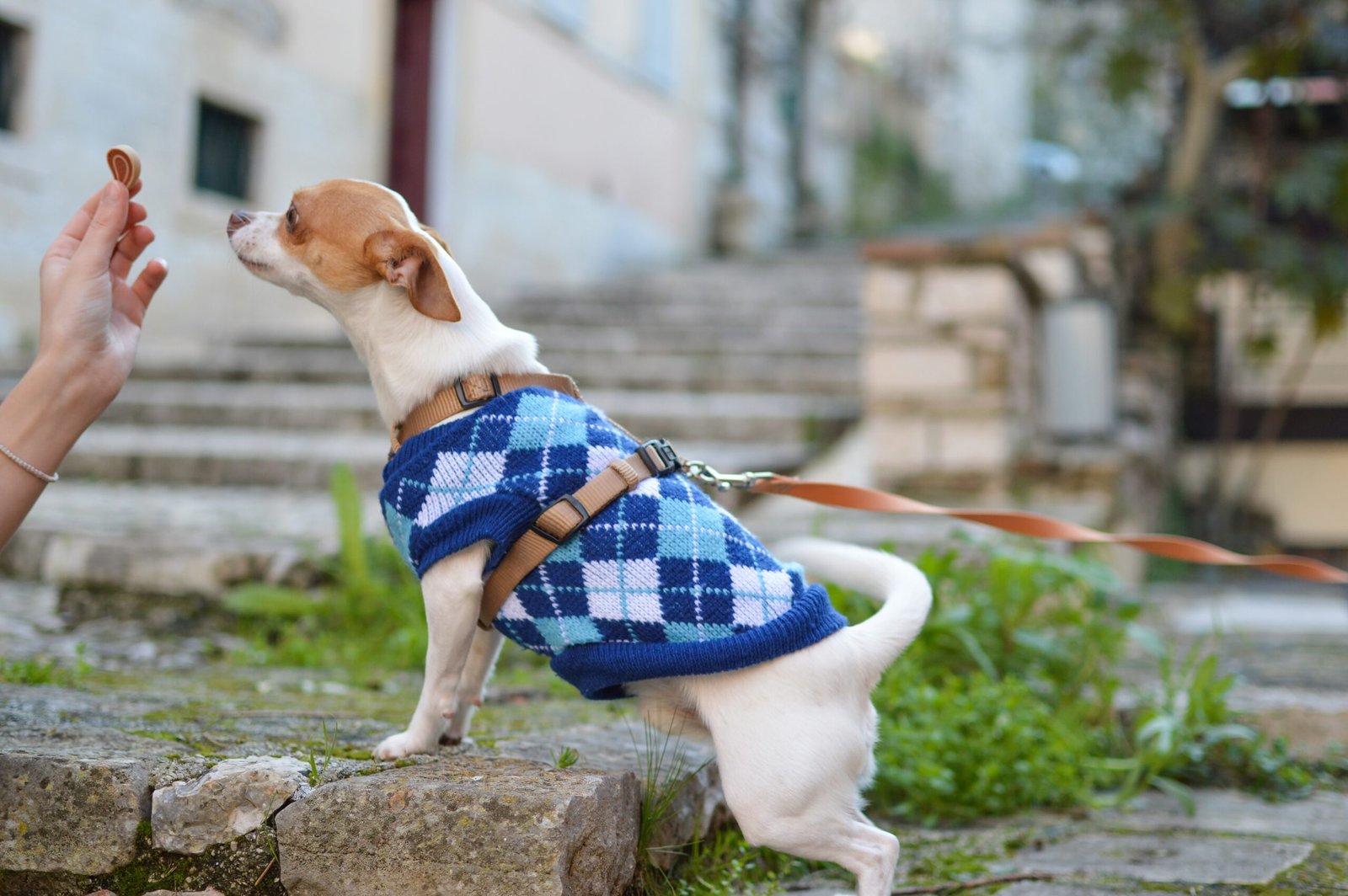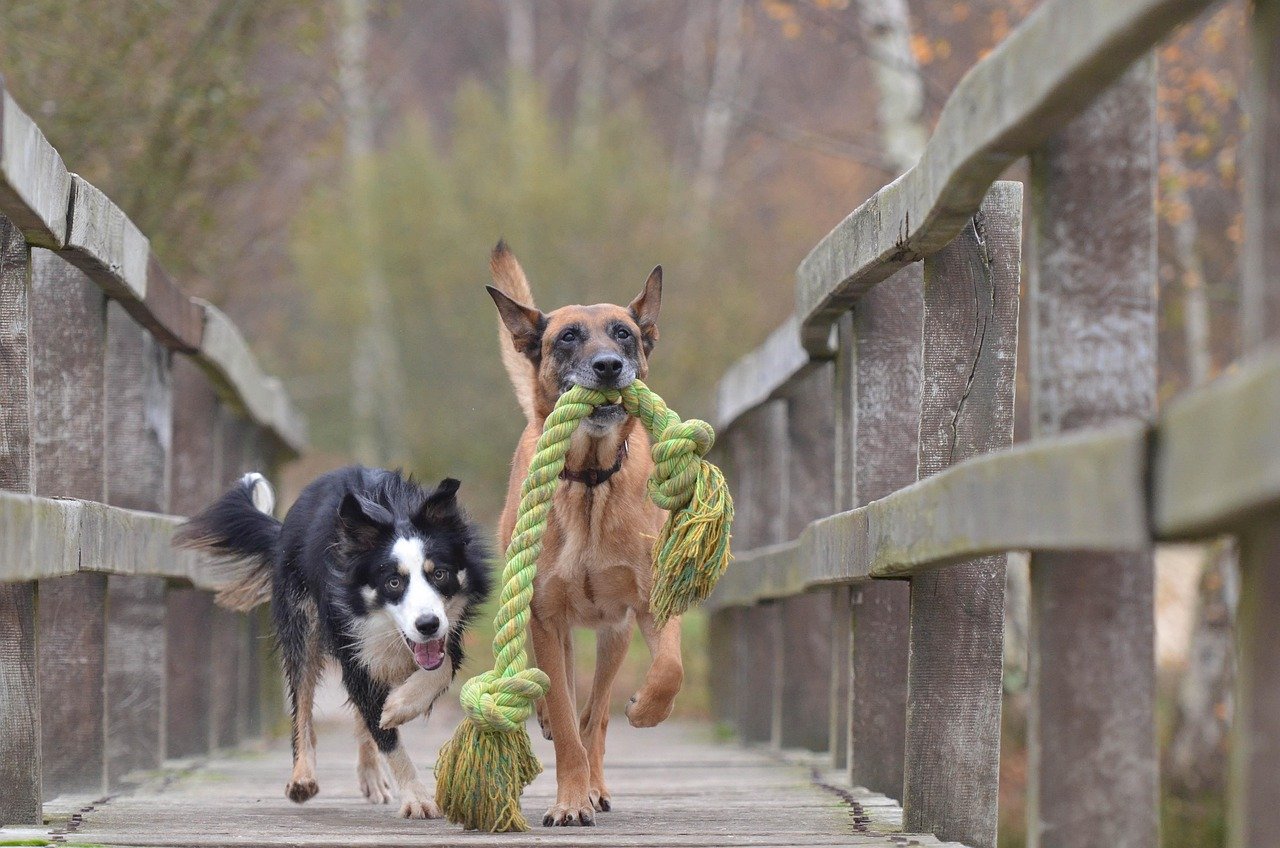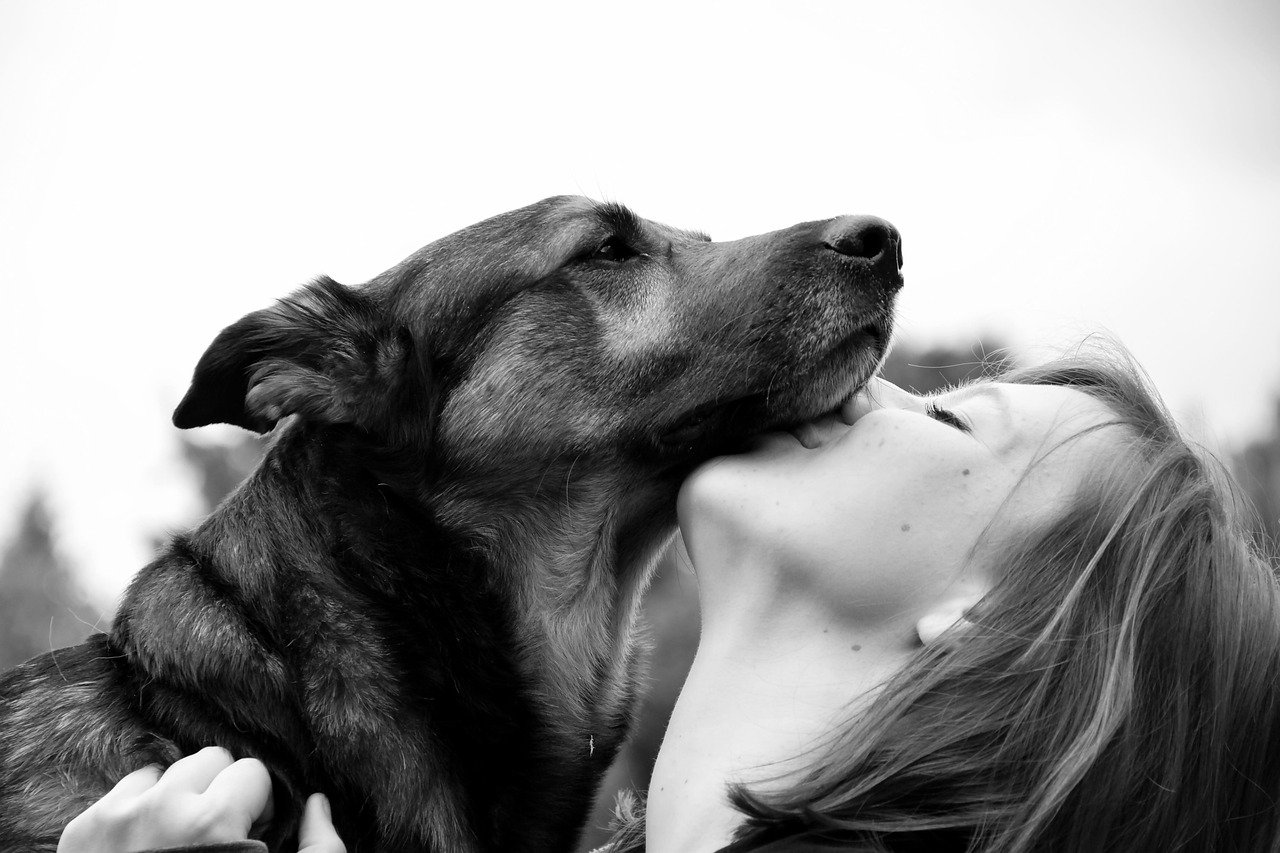Have you ever wondered what your dog is really feeling as you go about your daily routine together? The simple actions and habits you repeat each day can have a surprising impact on your furry friend’s happiness, confidence, and even their sense of security. Dogs are more sensitive than we often realize, and the way we interact with them—sometimes without even thinking—shapes their moods and outlook on life. Let’s take a heartfelt look at 10 daily habits that play a huge role in your dog’s mental and emotional wellbeing. You might be shocked to discover which little things matter most!
1. The Power of a Morning Greeting
Dogs may not speak our language, but they feel our presence, routines, and emotions deeply. Just like us, their mental and emotional health is shaped by daily experiences—both big and small. While it’s easy to focus on physical needs like food and exercise, your dog’s emotional wellbeing is just as important—and often influenced by simple habits you might not even realize you have.
How you greet your dog first thing in the morning sets the tone for their entire day. If you rush past them or ignore their wagging tail, they can feel overlooked and anxious. On the other hand, taking a moment to kneel down, scratch their ears, and say a cheerful “good morning” can fill your dog with joy and calm. Dogs, like people, crave acknowledgment and affection. This simple habit not only reassures them that they’re loved, but it also builds trust. Imagine how you’d feel if someone you cared about ignored you every day when you woke up. A warm greeting is a small gesture that carries immense emotional weight for your dog.
2. Consistency in Routine
Dogs thrive on predictability. Having a stable daily schedule—feeding, walks, playtime, and bedtime—gives your dog a sense of safety. If you constantly change up their routine, your dog can get stressed or confused. Consistency helps them understand what to expect, reducing their anxiety. Think of it as giving your dog a roadmap for their day. Even small disruptions, like feeding them at different times or skipping their usual walk, can leave them feeling insecure. When your dog knows what’s coming next, they’re more relaxed and content.
3. Quality Time Together
Life can get busy, but your dog notices when you’re distracted or always in a hurry. Setting aside dedicated quality time—even just 10 or 15 minutes—can make a world of difference to their emotional health. During this time, put away your phone and focus entirely on your dog. Play fetch, rub their belly, or simply sit together. Dogs sense when you’re truly present, and this undivided attention deepens your bond. Just like people, dogs can feel lonely or neglected without enough interaction. Making quality time a daily habit reassures your dog that they’re valued and loved.
4. Positive Reinforcement and Praise

The way you respond to your dog’s behavior shapes their confidence and happiness. Using positive reinforcement—like treats, praise, or extra playtime—when they do something right encourages them to repeat good behaviors. If you focus only on mistakes or scold them often, your dog can become anxious or insecure. Dogs love to please their humans, and a kind word or gentle pat can mean more than you realize. Celebrate their small wins, whether it’s sitting patiently for their food or coming when called. This positive energy helps your dog feel proud and emotionally secure.
5. Exercise and Mental Stimulation
A bored dog is an unhappy dog. Regular exercise and mental challenges, like puzzle toys or scent games, are crucial for your dog’s mental wellbeing. Without enough activity, dogs can become restless, frustrated, or even depressed. Imagine being stuck inside with nothing to do day after day—it’s no different for your dog. Daily walks, varied routes, interactive toys, or training sessions keep their mind sharp and their spirits high. Exercise isn’t just about physical health; it’s a mood-booster that helps your dog feel balanced and fulfilled.
6. Social Interaction With Other Dogs

Dogs are social creatures, and many thrive with opportunities to interact with other dogs. Regular playdates, trips to the dog park, or even a friendly sniff with a neighbor’s dog can brighten your pup’s day. Socialization helps dogs build confidence, learn good manners, and burn off energy. Without these interactions, some dogs can become lonely or anxious, especially if they spend a lot of time alone. Of course, every dog is different—some prefer quieter environments—but most benefit from at least occasional, positive encounters with their fellow canines.
7. Calm and Safe Environments
Your dog’s environment has a huge impact on their emotional state. Loud noises, chaotic households, or sudden changes can be unsettling. Creating a peaceful, predictable space—like a quiet corner with their bed and favorite toys—gives your dog a safe haven to retreat to when they need comfort. Pay attention to their body language: if they seem nervous or try to hide, they may be overwhelmed. By minimizing stressors and providing a calm environment, you help your dog feel secure and at ease.
8. Gentle Handling and Respecting Boundaries
How you physically handle your dog matters more than you might think. Rough treatment, forced hugs, or ignoring their signals when they want space can damage trust and cause emotional distress. Always approach your dog calmly and let them come to you when they’re ready. Pay attention to their cues—yawning, turning away, or licking their lips may mean they’re uncomfortable. By handling your dog gently and respecting their boundaries, you show them love and build a relationship based on mutual respect.
9. Keeping Communication Clear
Dogs are incredibly sensitive to our tone of voice, body language, and facial expressions. Mixed messages—like calling them happily but scolding when they come—can be confusing and stressful. Consistent, clear communication helps your dog understand what you want and feel safe. Use simple commands, positive tones, and encourage your dog with smiles and relaxed gestures. When your dog knows what you’re saying and feels understood, their confidence and sense of security soar.
10. Recognizing and Responding to Emotional Needs

Every dog is unique, with their own quirks and emotional needs. Some dogs crave lots of attention, while others need extra reassurance during storms or when you leave the house. Pay close attention to your dog’s moods and behaviors. Are they hiding more than usual, acting withdrawn, or suddenly hyperactive? These can be signs they need more comfort or support. Responding to their emotional cues—whether it’s offering an extra cuddle, a quiet walk, or simply sitting with them—shows your dog that their feelings matter. This daily habit can transform your relationship and help your dog feel truly understood.
Jen is a passionate nature lover and ocean conservationist. She has dedicated her life to protecting the environment and preserving the beauty of the natural world. Growing up in a small coastal town, Jen sincerely appreciated the ocean and its inhabitants. She has spent countless hours exploring the shoreline, learning about the creatures that inhabit the waters, and advocating for their protection. Jen is an active member of ocean conservation organizations, and she is committed to educating the public about the importance of conserving wildlife and the natural environment.






